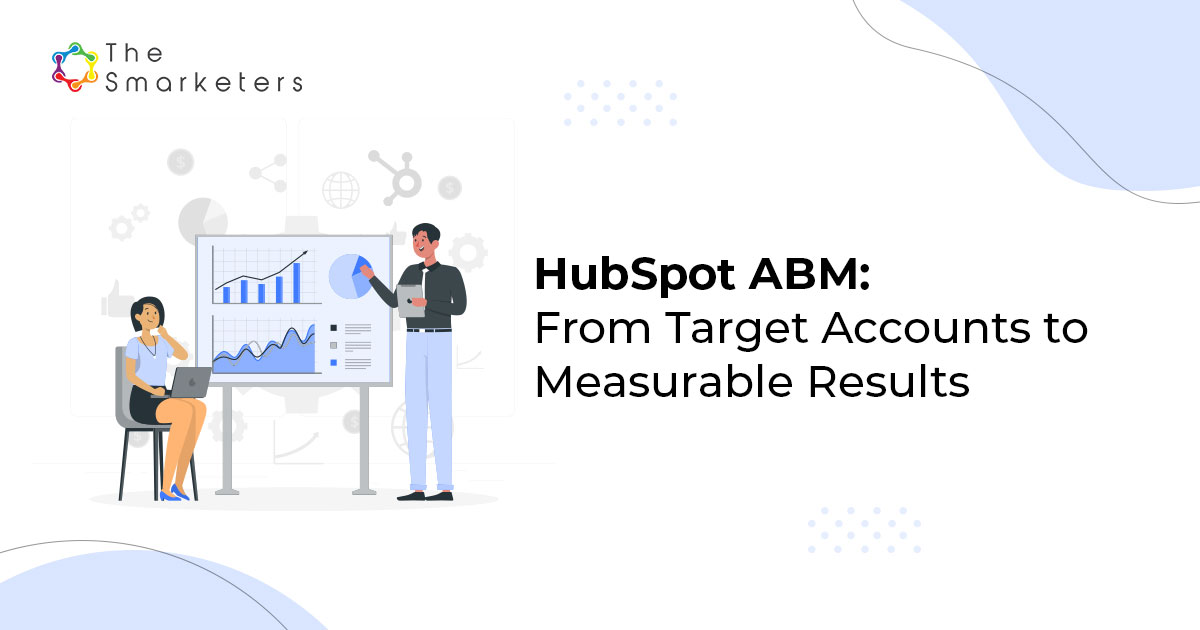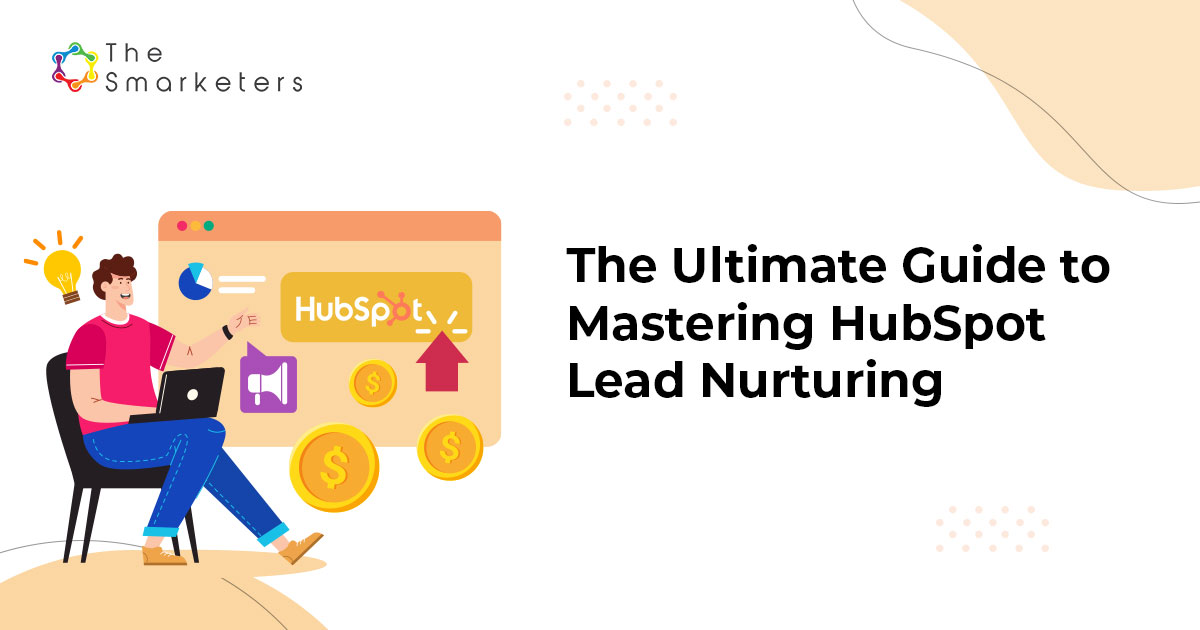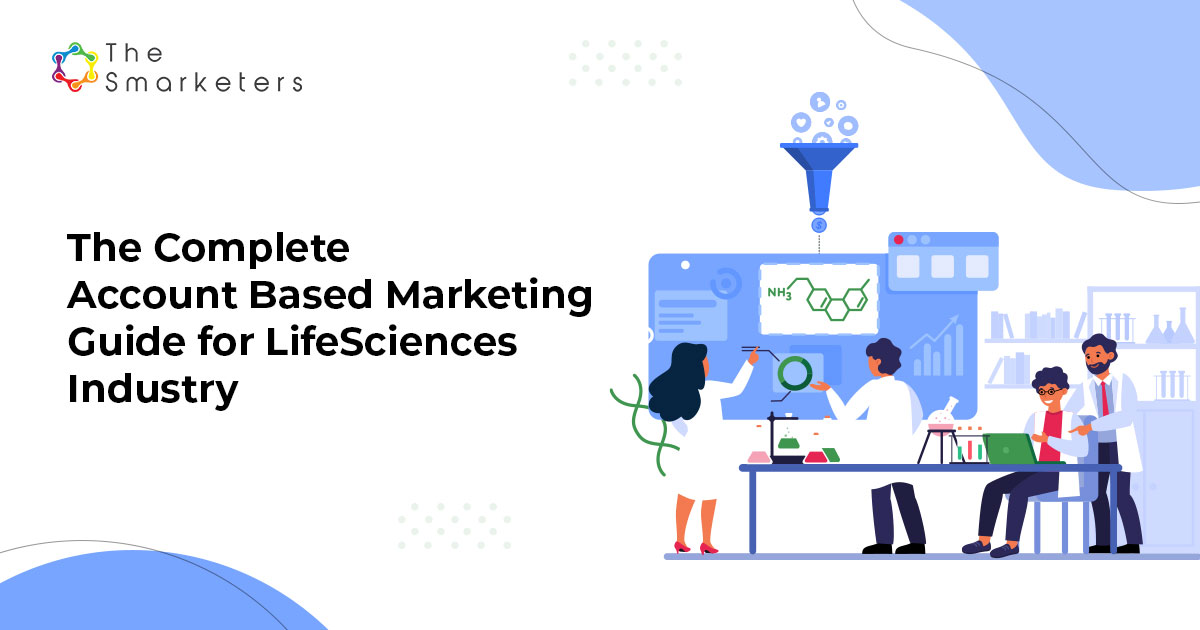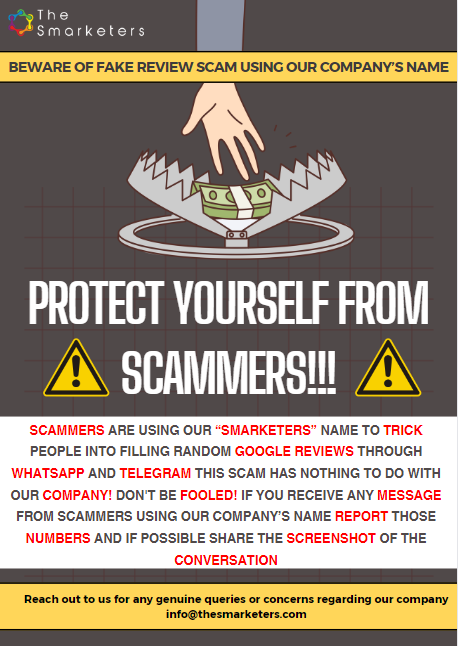Picture this: you are developing a product in line that you want to roll out. And you are confident about your product. However, you do not know how to spread the word!
Here comes the GTM strategy in manufacturing.
A successful product launch requires a well-thought-out, actionable, and effective go-to-market (GTM) strategy. Without proper planning, it becomes exceedingly difficult to determine if your target audience is being pursued mistakenly, the timing is misaligned, or if the market is saturated with comparable products.
Crafting a thoughtful, actionable, and effective GTM strategy can help you identify and seize lucrative opportunities, effectively position your product, and secure a competitive advantage in the market.
But what is a GTM in manufacturing?
Let’s find out.
What is a Go-to-Market (GTM) Strategy?
A go-to-market (GTM) strategy in manufacturing outlines how a company will introduce a product in the market. It includes the tactics and strategies to reach the target audience and the channels to promote the offerings.
To create a successful plan, it is essential to understand the fundamentals of a GTM strategy in manufacturing. This includes understanding the target market, the competitive landscape, and the customer journey. Additionally, it is crucial to communicate with customers, as this can have a significant impact on the strategy’s success.
Let’s look at the fundamentals of a GTM strategy in detail.
Fundamentals of a GTM Strategy
A comprehensive go-to-market strategy typically consists of five fundamental components:
- Defining the market
Defining the market is crucial to identifying the specific markets or audience segments with the ability and willingness to pay for a particular product. Thus, it is imperative to have clear and specific parameters while ensuring the identified markets have a substantial audience size to meet the product’s income and profit objectives.
In cases where multiple markets are being targeted, manufacturing marketers must prioritize one market over others. By clearly communicating this primary target, marketers can focus their efforts and resources more efficiently, maximizing impact and achieving better results.
- Customers
The customer component is pivotal in gathering information and researching to define the market. By increasing specificity, it helps determine the target audience for the product. In this context, manufacturers must consider whether they already have sales prospects or must pursue an entirely new set of target customers.
Developing go-to-market strategies and refining the customer acquisition process should devote the utmost attention to identifying the buyer. Using customer segmentation and creating buyer personas can enhance marketing strategies and optimize success in targeting the right customers.
For example, in a business-to-business (B2B) GTM strategy, potential buyers may include the IT manager, a line-of-business (LOB) manager, or even a member of the C-suite. This structured approach ensures a compelling and engaging customer-centric experience.
- Distribution model
The distribution model outlines the journey of a product from its origin to reaching the end consumer. Vendors often choose to incorporate indirect channels into their go-to-market strategies. These channels act as additional stages through which the product passes, bridging the gap between the manufacturer and the consumer.
A typical example involves the product going through stages like manufacturer to distributor, distributor to wholesaler, and finally reaching the consumer through a retail store.
Defining these channels requires careful consideration of various factors. For example, it is important to understand the customer’s purchasing process, the physical or virtual distribution route, and the logistics involved in transporting physical goods to retail outlets.
In the case of software products, attention must also be given to the mechanisms for download and the platform used. This could be the company’s e-commerce site or a third-party online vendor. By addressing these aspects, businesses can ensure a smooth and efficient distribution process.
- Product messaging and positioning
The product messaging and positioning component involves several aspects. First, it requires defining the product and its core functionality. This includes understanding how the target client will be informed about the product and how leads will be generated, both within the current customer base and the defined markets.
The product message must address a specific market need and emphasize why customers should trust that it does so. Thus, it is crucial to create a compelling value proposition that highlights the offering’s added benefits, which surpass its monetary value and associated costs.
Businesses can establish a strong and compelling product messaging and positioning strategy by offering a unique value proposition that cannot be easily replicated.
- Price
Determining the optimal pricing strategy for each customer group is critical to maximize profitability and achieve market penetration.
When determining the final component, the price should not merely reflect manufacturing or development costs. It should also align with the product’s value proposition and market position, supporting its overall worth and market standing.
When Do You Need a Go-to-Market Strategy?
Here are a few scenarios where a go-to-market strategy becomes imperative:
- Launching a new product in an existing market: For example, a well-established clothing brand is venturing into the beauty products segment.
- Entering a new market with an existing product: Like a local grocery chain expanding its operations to a different location (city, state, or country).
- Testing a new product in a new market: A tech startup launching its inaugural app will fall under this category.
Established companies must employ a go-to-market strategy when creating new products or entering new markets. The dynamic nature of competition and market forces primarily drives this. Previous success with a similar product launch does not always guarantee the same result. Hence, it becomes essential to adapt and evolve the strategy accordingly.
How to Develop a B2B Go-to-Market Strategy?
Developing a successful B2B Go-to-Market strategy involves several crucial steps:
- Understand Your Market
Comprehensive market research provides the foundation for a successful B2B Go-to-Market strategy. This process involves identifying your potential customers, understanding their unique needs and pain points, and evaluating the existing solutions available to them. Consider using surveys, interviews, and market data to gather information.
- Define Your Value Proposition
Your value proposition is a clear statement that articulates what sets your product apart from others in the market. It highlights the unique benefits and value your product offers. Your value proposition should be compelling enough to attract customers and differentiate your brand.
- Identify Your Ideal Customer Profile
This involves defining the characteristics of your ideal customer. These characteristics can be based on the business size, specific industries, geographical locations, or particular pain points your offering addresses. A clear customer profile helps you focus your marketing and sales efforts on the most promising prospects.
- Develop Your Sales Process
Here, you should determine the most effective way to sell your product. This could involve a direct sales force, selling through partners, or using an online sales model. The choice depends on your business model, product type, and target market.
- Create a Marketing Strategy
Your marketing strategy should aim to reach and engage your ideal customers, generate leads, and build brand awareness. It may include tactics such as content marketing, social media marketing, SEO, and PPC advertising.
- Measure and Adjust
This final step involves tracking the success of your GTM strategy and making necessary adjustments. Implement measurable KPIs to assess the effectiveness of your sales and marketing initiatives. Regularly review these metrics and upgrade/adjust your strategy based on the insights gathered.

GTM Strategy, Simplified with The Smarketers
Launching a product involves a significant investment. However, a solid framework to identify your target audience, impactful messaging, concrete goals, and transparent processes can set your next product launch for success.
Every GTM strategy encompasses multiple components, whether introducing a new product or venturing into new markets. Having the right marketing partner can provide you with a comprehensive overview of your entire plan, including task statuses, owners, and dependencies.
This is where The Smarketers can help!
Our team at The Smarketers can assist you in reaching your target audience and delivering measurable business results. We leverage innovative strategies and harness industry best practices to achieve this goal. Our expertise and experience ensure a seamless experience in capturing and converting qualified leads while you stay updated with real-time progress.
Contact us today and kickstart your marketing journey!












